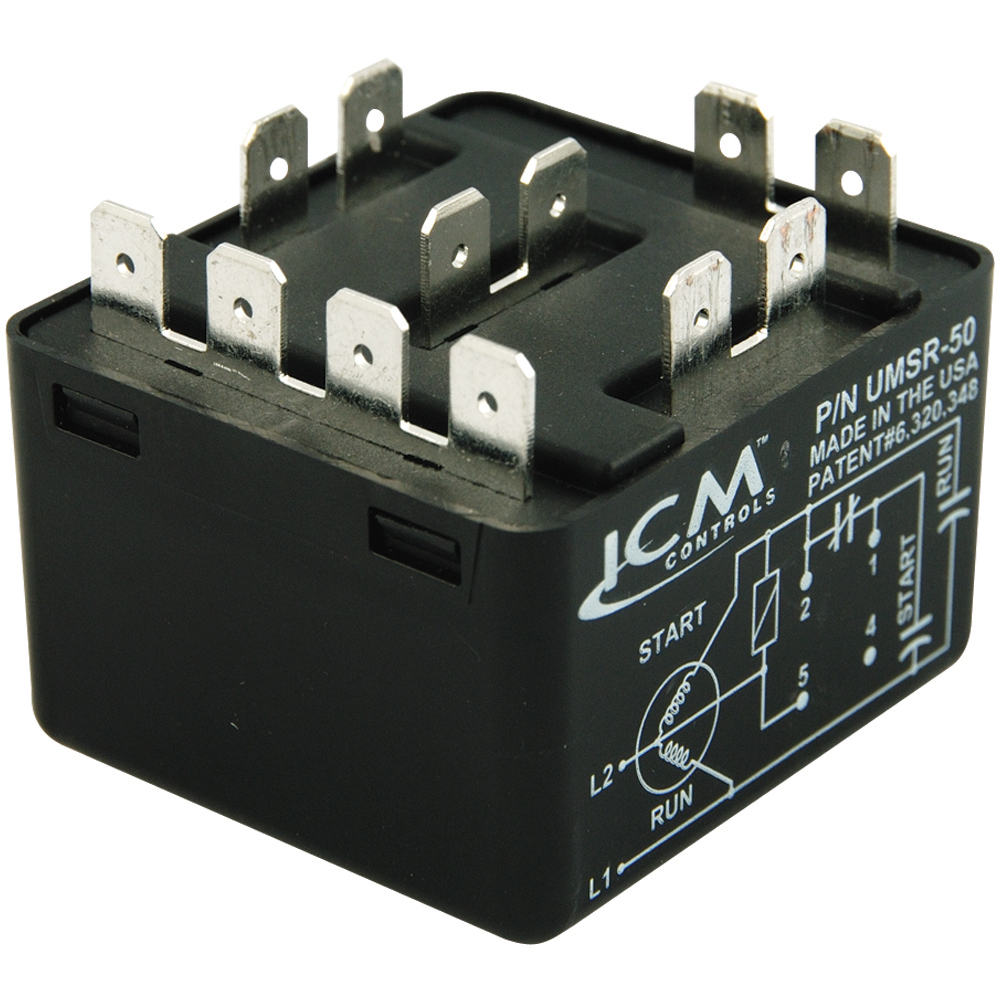Get Tech Tips
Subscribe to free tech tips.
No, It’s NOT a Ground!

I was walking around at the AHR conference today, and I stopped at the booth of a popular hard start kit manufacturer (especially popular with white-shirt sales techs). I listened to the guy behind the booth “training” some municipal maintenance techs on the use of his hard start kit. (To be fair, I actually think it's a decent kit.)
However, I have an issue with what he KEPT SAYING over and over. He kept calling the C terminal on the compressor and the 5 terminal on the potential relay (hard start relay) a “ground.” He even said, and I quote here, “A 2-wire kit has no ground and should not be used. If you find one like that, just tell the customer it has no ground, and they will understand it's unsafe and should be replaced.”
*Facepalm*
Common and ground are not the same. They have no relation. Common is the common point opposite the run and start terminals; it has nothing to do with ground. Ground is a connection to ground and has everything to do with creating a safe path to ground in the case of a short. It has to do with preventing YOU from becoming that path—which would kill you.
This is one way that well-meaning people become techs that end up on the news for ripping off grandma.
Once again, I actually agree that 3-wire start kits are the way to go. Just don't call common “ground” a thousand times.
End rant.
—Bryan











Comments
3 wire start kits ‘always ‘ the way to go, thanks for making it clear!!!!!!??
3 wire start kits ‘always ‘ the way to go, thanks for making it clear!!!!!!??
The problem with ‘always’ using three wire kits is the back EMF of the compressor decides which potential relay you use. The product he referenced is an after market product and of the three kits they offer, they only use two different relays. Copeland alone has over 100 relays specified for their compressors. The back EMF produced between common and start varies by hundreds of Volts among the many compressors available thus the need for so many relays. So how do just two relays replace all of those OEM specified relays using the same wiring method and same mechanical potential relay technology????….Exactly… It can’t be done. However the back EMF between run and start varies by less then 100 volts between all of those same compressors. I believe that many motor engineers refer to this as a common EMF that is designed into motors to allow for the use of the common voltage variations of run capacitors. This has led to the prevalent usage of two wire kits. But here to the method does not mean that all is equal. Only correctly sized mechanical potential relays have been tested and proven to react fast enough during the start cycle to both prevent over heating of the start windings and assist in consistent efficient starts.
The problem with ‘always’ using three wire kits is the back EMF of the compressor decides which potential relay you use. The product he referenced is an after market product and of the three kits they offer, they only use two different relays. Copeland alone has over 100 relays specified for their compressors. The back EMF produced between common and start varies by hundreds of Volts among the many compressors available thus the need for so many relays. So how do just two relays replace all of those OEM specified relays using the same wiring method and same mechanical potential relay technology????….Exactly… It can’t be done. However the back EMF between run and start varies by less then 100 volts between all of those same compressors. I believe that many motor engineers refer to this as a common EMF that is designed into motors to allow for the use of the common voltage variations of run capacitors. This has led to the prevalent usage of two wire kits. But here to the method does not mean that all is equal. Only correctly sized mechanical potential relays have been tested and proven to react fast enough during the start cycle to both prevent over heating of the start windings and assist in consistent efficient starts.
Excellent reply James… We need to get you on the podcast.
Excellent reply James… We need to get you on the podcast.
To leave a comment, you need to log in.
Log In